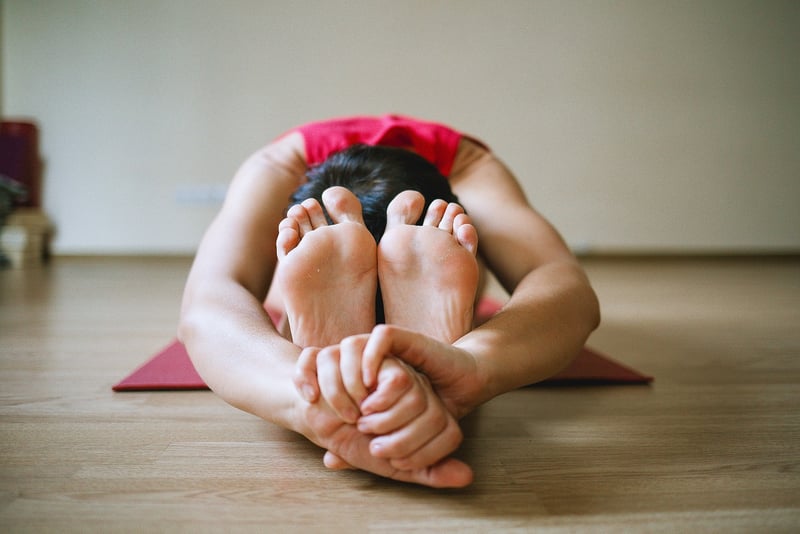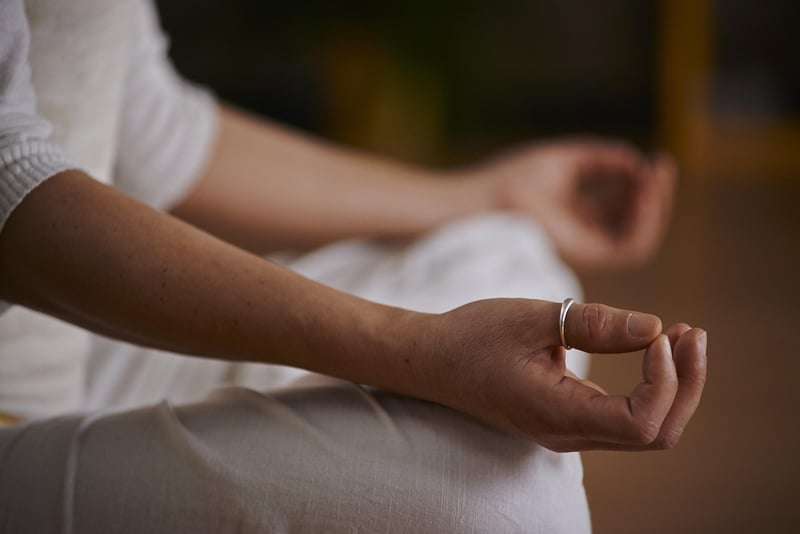Pranayama Practices
Enhance Mental Clarity with Controlled Breathing Exercises and Pranayama Practices
In today's fast-paced world, finding moments of mental clarity and calmness is essential for overall well-being. One effective way to achieve this is through controlled breathing exercises and the ancient practice of Pranayama.
Controlled Breathing Exercises
Controlled breathing exercises, also known as diaphragmatic breathing or deep breathing, involve taking slow, deep breaths to help relax the mind and body. Here are a few simple exercises you can incorporate into your daily routine:
- 4-7-8 Technique: Inhale quietly through your nose for a count of 4, hold your breath for a count of 7, and exhale forcefully through your mouth for a count of 8. Repeat this cycle several times.
- Box Breathing: Inhale for a count of 4, hold for 4, exhale for 4, and then pause for 4 before starting the cycle again. This exercise helps regulate your breathing pattern and calm your mind.
- Alternate Nostril Breathing: Close one nostril with your thumb and inhale deeply through the other nostril. Then close the other nostril with your ring finger, release the thumb, and exhale through the first nostril. Repeat on the other side. This practice balances the left and right hemispheres of the brain.
Pranayama Practices
Pranayama, the yogic practice of controlling the breath, offers various techniques to enhance mental clarity and promote relaxation. Some common Pranayama practices include:
- Ujjayi Breath: Also known as "ocean breath," this technique involves breathing slowly through your nose with a slight constriction in the back of your throat, creating a sound like ocean waves. It helps focus the mind and calm the nervous system.
- Kapalabhati: A breathing technique that involves short, forceful exhales and passive inhales. This practice energizes the body and clears the mind by removing stale air from the lungs.
- Bhramari Breath: Involves making a humming sound while exhaling slowly through the nose. This practice helps reduce stress, anxiety, and calm the mind.
Regular practice of these controlled breathing exercises and Pranayama techniques can help you cultivate mental clarity, reduce stress, and improve overall well-being. Find a quiet space, sit comfortably, and dedicate a few minutes each day to these practices to experience their benefits.
Remember, the breath is a powerful tool that can help anchor you to the present moment and provide a sense of calm amidst the chaos of daily life.

Take a deep breath, let go of tension, and embrace the clarity that comes with mindful breathing practices. Your mind and body will thank you for it.
